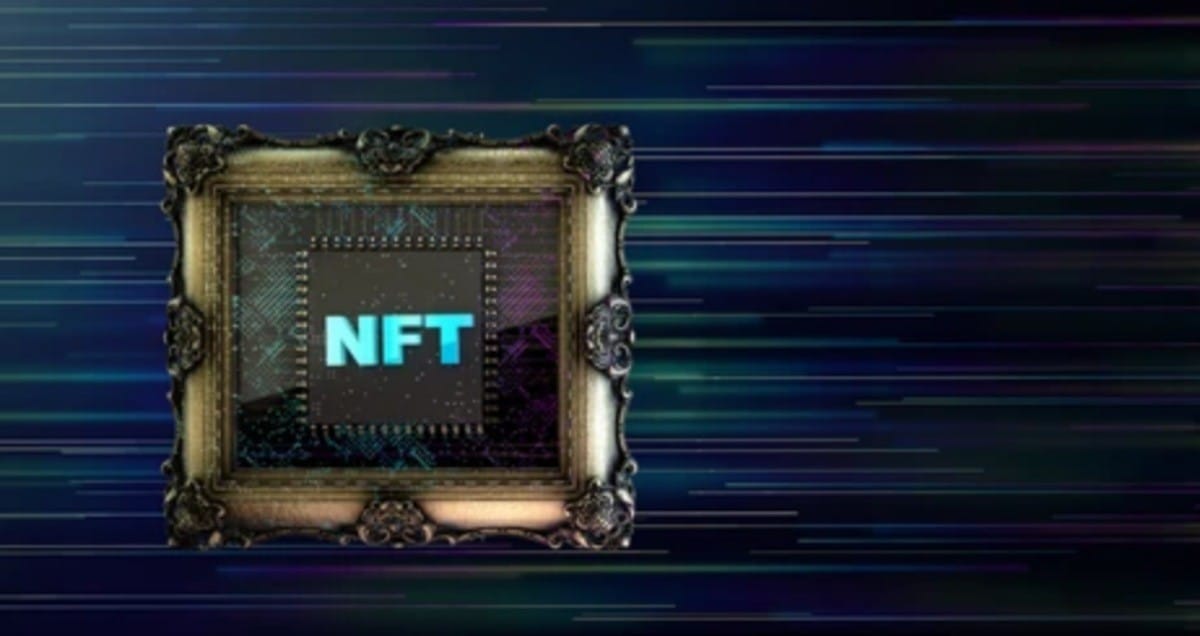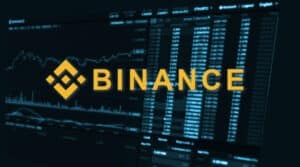
Transform your digital art into valuable NFTs and start selling
What exactly is an NFT?
NFT is an abbreviation for “Non-Fungible Token,” a digital asset representing ownership of a one-of-a-kind item or piece of content, such as artwork, music, video, or other digital files. Unlike existing cryptocurrencies like Bitcoin and Ethereum, which are fungible and interchangeable, each NFT is unique and cannot be duplicated.
Blockchain technology, which offers a secure and decentralized platform for producing, purchasing, and selling digital assets, is often used to build NFTs. NFTs are often utilized in the arts to allow artists to monetize their work while maintaining ownership and control over it. They can also be used for other types of digital content, such as virtual real estate or gaming items.
NFTs are sold and bought using cryptocurrency, and their value is determined by supply and demand, as with any other asset. After purchasing an NFT, the owner gets evidence of ownership and is free to resell or trade the NFT as they see appropriate.
What exactly is crypto art?
Crypto art, also known as blockchain art or digital art, uses blockchain technology to certify ownership, authenticity, and provenance. Crypto art is unique because it is created, authenticated, and traded on decentralized networks like the Ethereum blockchain.
Crypto art can take many forms, including digital images, animations, videos, and music. Artists use blockchain technology to create digital artworks, attach them to unique cryptographic codes, Non-Fungible Tokens (NFTs), and then upload them to blockchain-based marketplaces to sell to collectors.
The ownership and provenance of crypto art are recorded on the blockchain, providing transparency and immutability that traditional art marketplaces cannot match. NFTs allow the creation of unique, one-of-a-kind digital artworks that can be owned, collected, and traded like physical works of art.
How to convert art to NFT?
To convert art to an NFT, an artist needs to create a digital file of their artwork and mint it on a blockchain platform that supports NFTs, such as Ethereum. They can then list their NFT on a marketplace for sale to interested buyers. Once someone purchases the NFT, they become the sole owner of that digital asset, and the transaction is recorded on the blockchain.
Is coding essential for NFTs?
The digital art may be used to create NFTs; the procedure is rather straightforward. Minting is posting a one-of-a-kind token instance on the blockchain, making NFTs safe, tamper-proof, and impossible to manipulate. These tokens may be purchased, exchanged, and monitored in digital markets, and artists can receive passive revenue via programmed royalty conditions. Although coding abilities may be utilized to create more complicated NFT projects using Javascript, Solidity, and HTML/CSS, most NFT development is still done on the Ethereum network. In addition, several artists store their NFTs on the InterPlanetary File System.
Selecting the NFT marketplace to create and sell your NFTs
Choosing the right platform is critical when minting NFTs. Examine file format, cryptocurrency wallet compatibility, accessibility, and transaction costs. Self-service systems such as OpenSea and Rarible are completely free, while curated platforms such as SuperRare and Nifty Gateway are more selective and need an application procedure. Curated media often displays high-quality digital artwork but has a longer clearance process. Choose the platform that best meets your requirements as an artist.
Setting up a cryptocurrency wallet
A cryptocurrency wallet must be able to connect to NFT platforms, sign transactions, and keep track of balances. While most markets accept Ethereum’s native money, Ether ensures that the wallet matches the coin utilized on the NFT platform. Several crypto wallets with various capabilities, mobile apps, and browser extensions are available. Consider the amount of security sought when choosing a wallet since custodial wallets store money with a third party, noncustodial wallets allow total user control, and hardware wallets keep crypto offline and secure.
How to sell digital art as NFTs
While minting your NFT, you can sell it at a predetermined price or via an auction. Fixed-price sales are straightforward, needing a predetermined fee and a royalty percentage. Online or live auctions are available, with English auctions offering growing bids and Dutch auctions featuring declining pricing. All alternatives offer pros and disadvantages, so select the one that best suits your needs.




